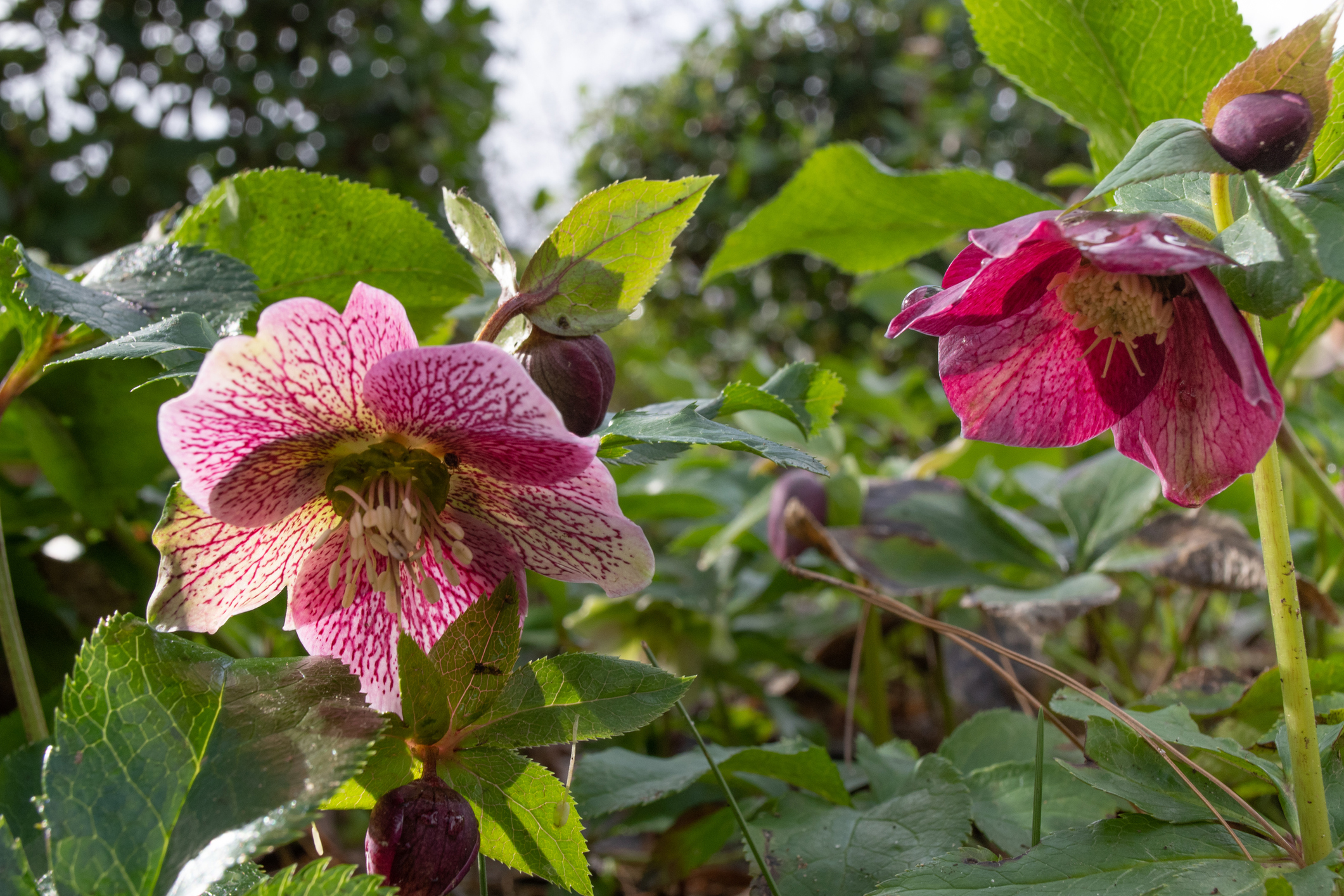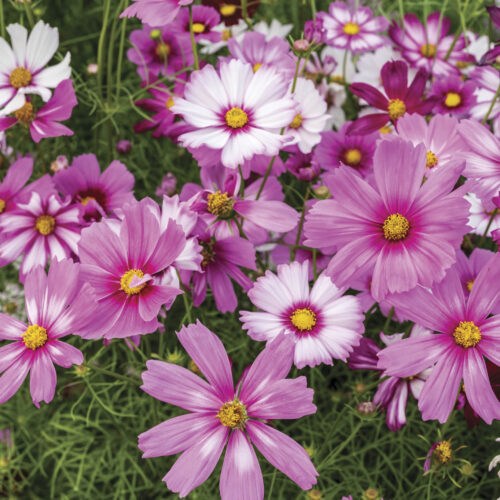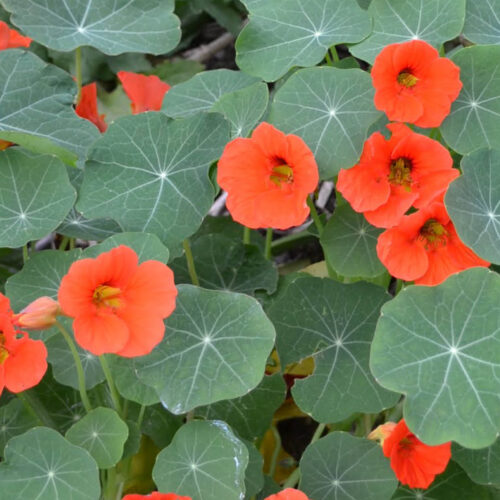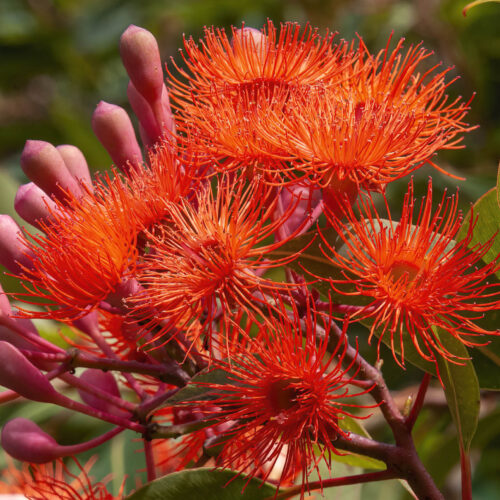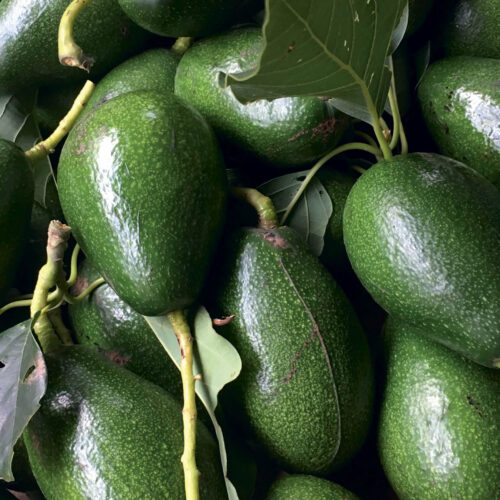Tips for growing hellebores, also called winter roses
2023-05-17T04:07:33+10:00
Hellebores love shade, thrive in frosts and have glorious flowers that appear right through winter into spring, writes Penny Woodward.
Known as winter rose, also lenten and snow rose, hellebores are tough, usually low-growing plants that have found a place in all my gardens over many years.
Part of the Ranunculaceae, or buttercup family, I first got to know them in my early 20s while looking after a National Trust property in the Western District of Victoria. Under a covered walkway there were clumps of glossy, marbled green leaves. I didn’t know what they were until suddenly in my first winter, they produced masses of gracefully drooping mahogany flowers with bright yellow stamens.
This was the original Helleborus niger. Later when I moved closer to the coast with almost nutrient-free sandy soils, I grew the tough, taller H. foetidus with huge bunches of lime green flowers with maroon lips. And now I have clumps of H. orientalis and H. x hybrida of varying colours, patterns and plant sizes.
Flower colours range from lime green, through white, pale creams and yellows, to many different pinks and mauves, darkening to mahogany and almost black. They can be speckled, blotched and striped, and double with multiple layers of petals.
Today there are hundreds of different named crosses between and within the 15 different species. But my favourites are still the mahogany and lime green shades.
Growing
Winter roses thrive in cold, growing well in regions south of a line from Sydney to Perth, and in elevated and mountainous regions north of this line. They also need shade in summer especially from hot westerly sun. They appreciate a bit of sun in winter so are perfect for planting under deciduous trees and in out of the way corners of the garden. If they are too shady, especially in winter, they may not flower. They don’t like humidity so won’t grow in subtropical coastal regions like Brisbane.
Plant into good composty, well-drained soil, water in well and keep moist until the plant starts growing. Once established, hellebores tolerate quite dry soils. After flowering, cut back flower heads, feed with a slow-release certified organic fertiliser, and mulch well with lucerne hay, pea straw or bark mulches to retain moisture and keep the soil cool in summer. At the end of summer, prune off old and dead leaves and spread some compost or worm castings around. Add a bit more mulch.
To propagate new plants, dig, divide and replant in autumn. Some hellebores can also be grown from seed and are a cheaper way of obtaining more and a wider range of plants. Only buy seed you know has been cold stratified, sow in late winter/spring, and be aware they can take several months to germinate.
Hellebores are not only lovely in the garden but also make stunning picked flowers that last well in water. But don’t be tempted to use as a garnish on food, as they’re poisonous.
This article first appeared in our Winter 2022 issue (OG 134). There’s a selection of back issues available here — you can also subscribe and get the most recent issues delivered to your door!

